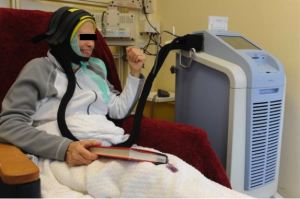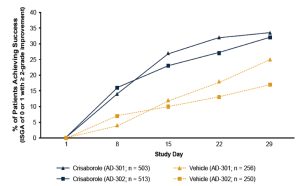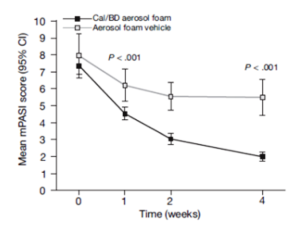Infectious Disease 2016: HPV
Dr. Theodore Rosen
How do we best protect patients with the new HPV vaccine?
Quadrivalent and bivalent vaccines aimed at preventing infection with this virus have been available since 2006 and 2007, respectively. They are highly effective in preventing HPV-related cervical, vulvar, vaginal and penile cancer; and the quadrivalent vaccine also prevents genital warts related to HPV 6/11. In February 2015, the Advisory Committee on Immunization Practices (ACIP) recommended 9-valent HPV vaccine as one of three HPV vaccines that can be used for routine vaccination of females and one of two HPV vaccines for routine vaccination of males. It has been shown to provide high and consistent protection against infections and diseases related to these types, with ∼90% of cervical and other HPV-related cancers and precancers potentially being avoided. Importantly, about 14% of HPV-associated cancers in females (approximately 2800 cases annually) and 4% of HPV-associated cancers in males (approximately 550 cases annually) are caused by the 5 additional types in the 9-valent HPV vaccine. The benefit of protection against the 5 additional types targeted by 9-valent HPV vaccination is mostly limited to females for prevention of cervical neoplasms. This is because only a small percentage of HPV-associated cancers in males is due to the 5 additional HPV types in the new nano-valent vaccine.
The ACIP recommendations state that 9-valent HPV vaccine may be used to continue or complete a series started with a different HPV vaccine product. In addition, available data show no serious safety concerns in persons who were vaccinated with 9-valent HPV vaccine after having received a 3-dose series of quadrivalent HPV vaccine at least 12 months earlier.







